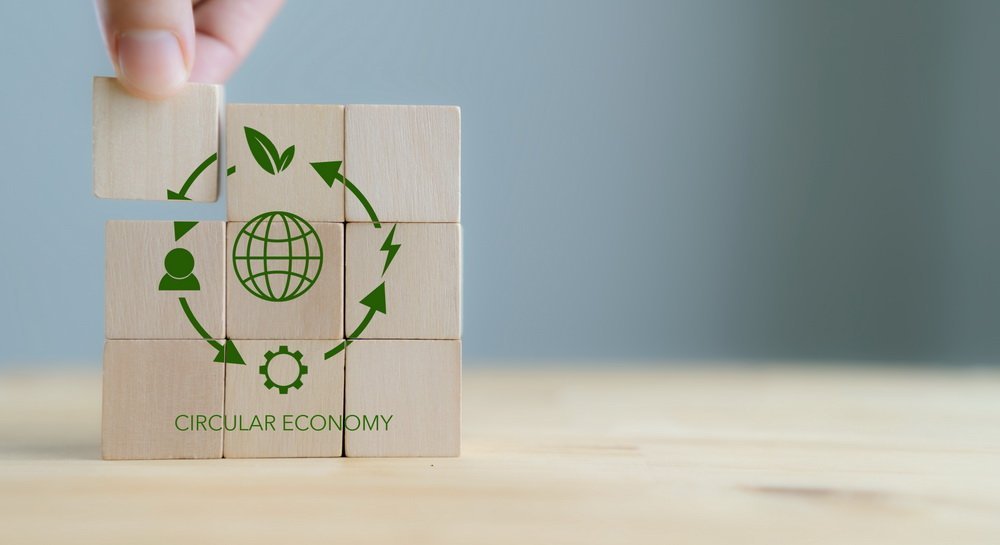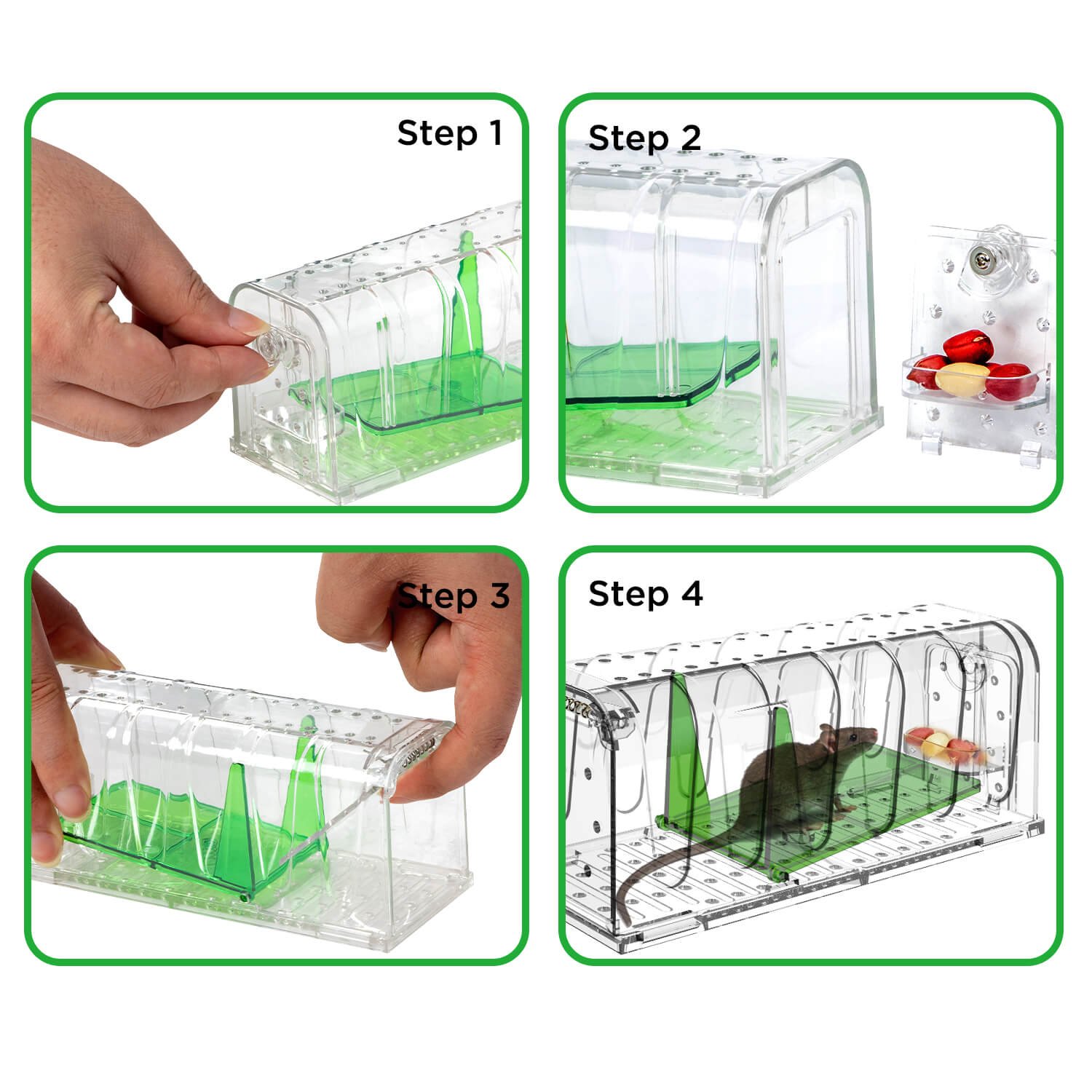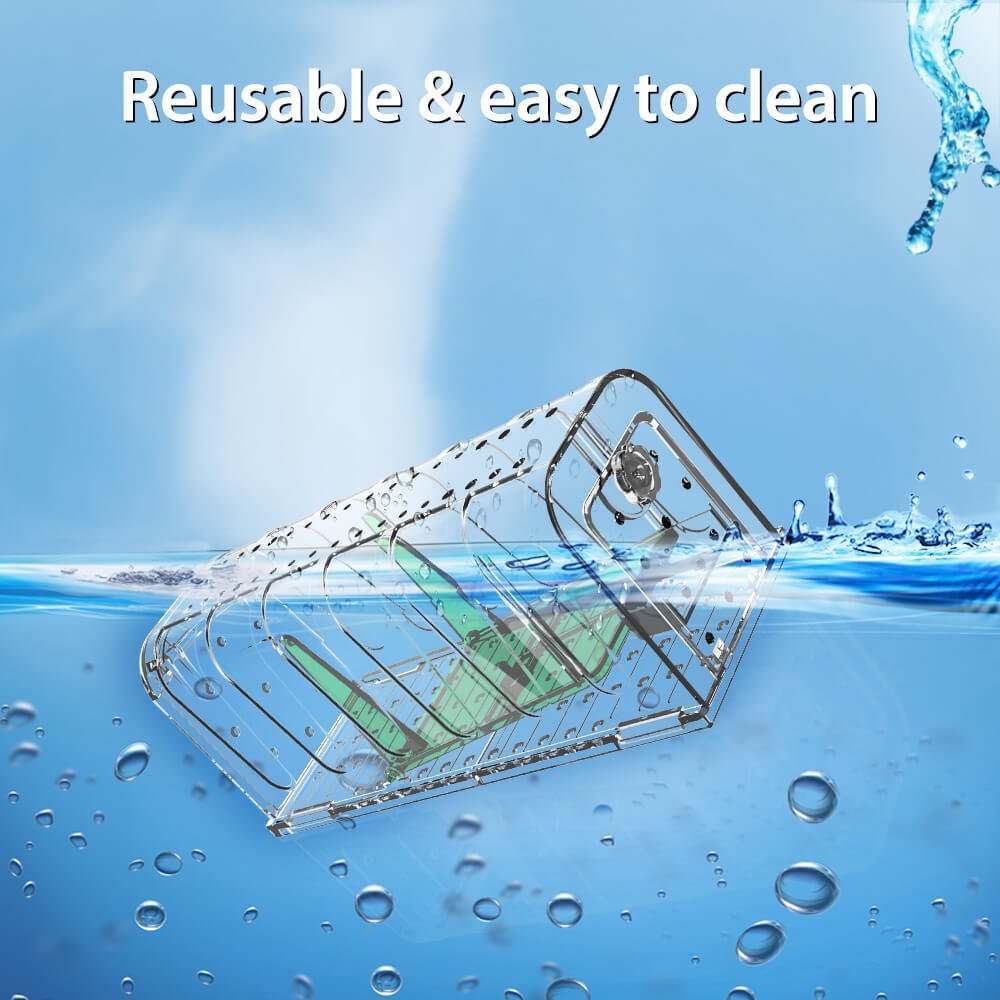There’s no doubt when mice attack your house, it can be challenging to get rid of them. Mice are looking to nest somewhere and they can be a nuisance – making lots of gnawing noises, eating up your foods, and chewing on your clothing.
A mouse infestation can also cause weird diseases that may not only be expensive to treat but may be fatal as well.
Although there are lots of ways to kill mice (bait settings, strong cinnamon scents, repellants, etc.), the cheapest and most easily doable methods are mouse traps. You simply need snap traps and cardboard boxes, which you can either create yourself or buy from your local store.
However, a mouse trap comes with the challenge of trapping only one mouse at a time. This means you’ll have to either buy several other snap traps or reuse them. Which begs the question: is it okay to reuse mouse traps?
Well, the short answer is yes. You can reuse mouse traps; however, it’s not that simple, hence the question needs a long answer.
So let’s look at this issue a little deeper by asking a few FAQs.

How many times can you reuse mouse traps?
There’s no exact number of times you can reuse a mousetrap. You simply need to reuse the mouse trap whenever it’s free. Reuse it after you’ve successfully trapped a mouse. Don’t forget to clean the snap trap before reusing it.
Also, the frequency at which you can reuse a mice trap depends on the type of device you’re using. That is, what material is the mouse trap made of? Is the mouse trap a snap trap? Is it an electronic trap? Is the trap made of wood or plastic?
Some devices are categorized as reusable mouse traps while others are disposable after a one-time use or a few more times. Compared to plastic snap traps, those made of wood are harder to clean before reusing. As for electric mouse traps, they need better care and management.
At the same time, wooden mouse traps are less likely to last many years. And because of this, it’s impossible to determine how times you can reuse mouse traps. It’s worth reusing mouse traps a number of times before disposing of them.
Of all these types of mouse traps, the most reusable mouse traps are plastic ones.
It’s easy to wash and clean for next usage. You can easily clean the mouse’s blood off the trap. It also doesn’t experience corrosion. The wooden device is the least reusable mouse trap. That’s because they are difficult to clean and it’s difficult to get rid of the mouse’s smell.
Nonetheless, if you’re not a fan of cleaning a dead mouse off a trap, it’s recommendable to use Thanos humane mouse traps. These are live mouse traps, which keep them trapped for later release.
With a humane mouse trap, since you’re not killing any mouse, you’ll rarely need it cleaned. You simply wipe off the bait (mostly peanut butter) and place it back for the next mouse to be trapped.

How Do you clean and reuse a mouse trap?
Before we go into how to clean reusable mouse traps, let’s understand why we should clean them in the first place.
For starters, if you don’t clean your mousetrap for reuse, you’ll be leaving a residue of the previous dead mouse. This renders the mousetrap ineffective because the next mice can easily smell the scent of their own, which warns them of danger.
At the same time, since mouse traps tend to have bodily secretions, these can cause diseases. Therefore, you need to clean the wooden snap trap by wearing gloves so you don’t get sick.
What’s the step-by-step process of cleaning a mouse trap?
It’s actually simple.
All you need is a pair of gloves and a disposable sponge. You’ll also need a detergent and water in a bucket. Don’t clean the trap on your kitchen sink. You don’t want some of those dead rodent residues to pass into the sink where you wash your utensils.
Step 1:
Wear your gloves
Step 2:
Pour water on your bucket
Step 3:
Add the detergent and mix
Step 4:
Carefully and thoroughly wipe the mousetrap starting from the inside parts as you move outwards
Step 5:
Use clean water to rinse off the mouse trap
Step 6:
Leave it outside to dry
Step 7:
Dispose of the sponge in a place where your kids and the pets cannot reach
Note:
For electronic traps, make sure the device is completely dried up before reusing the same trap.
How often should you change mouse traps?
It depends on how frequently the reusable mouse trap catches the mice. Is it twice a day or thrice? Or is it catching a mouse after every one day? It also depends on the type of reusable traps you’re using.
For plastics, the frequency will be higher compared to a wooden snap trap. Electronic traps also need little to no cleaning before reusing them.
Therefore, when reusing mouse traps, it’s advisable to use them as often as possible. Unlike bait settings and glue traps, mouse traps cannot catch several mice. Which forces you to reuse it very often.
The rate of changing the trap also relies on the bait you’re using. If the bait has gone stale, it’s best to restore with a fresh one.
As we’ve mentioned earlier, you need to clean up the mouse trap before placing it back. This means washing off the residues of the previous dead mouse. Don’t forget to wear gloves.
You also need to remember that some mice become so smart that they can easily reset the snap traps without getting caught. This forces you to renew the bait as many times as possible.
What do you do if the mice seem to be outsmarting you with the traps? Glue is your best option. While the bait lures them into (or towards) the reusable mouse traps, the glue catches them as they try to reset the traps.
What are the benefits of reusable mouse traps?
Here are a few benefits when you reuse a mousetrap:
a) It’s cost-effective
When reusing most mouse traps, you’re basically saving on expenses you could’ve otherwise incurred. You don’t need to buy new traps every so often, which makes it convenient to get rid of the rats in your house.
b) Scent familiarity
Because mice have a keen sense of smell, they can pick up the smallest faint of smell. This is what we call scent familiarity mice capability. It means if you don’t use the mousetrap, you risk scaring off the other mice. They’ll sense a dead mouse and in the process avoid the trap. Hence its beneficial reusing mouse traps.
c) Reliability
As a pest control device, a mouse trap is very reliable, especially when using fresh bait. There’s no need to buy plastic snap traps if you’re not going to reuse them.
You simply need to wash off the trap and place it back to catch more mice. The only trick is to make sure you’ve thoroughly cleaned the trap so it doesn’t smell like a mouse carcass.
Are you supposed to throw away mouse traps?
If it’s a disposable mouse trap, then yes, you can throw it away. You can also throw the mousetrap if it seems ineffective after catching a few mice.
However, if the trap isn’t disposable and is in good working condition, there’s no need of throwing it away.
You can rewash and reuse the mouse trap as many times as possible. Cleaning the mouse trap doesn’t make it ineffective, as most people believe. In fact, disinfecting the mouse trap and reusing helps you save money.
The only caution is to wear protective gear (gloves, masks, etc.). These keep you safe from getting infected by the residues of dead mice. Therefore, a used mouse trap comes in handy if you’re looking to save money whilst getting rid of mice on walls.
In addition to plastic and wooden traps, you can always get live traps, which help in catching mice without killing them.
A great example is the Thanos electronic trap. It’s a simple rat zapper that detects a mouse then electrocutes it. The zapper is both effective and safe for your family. It doesn’t emit chemicals and only electrically activates itself when it senses a mouse.

Verdict
It’s worth noting that it’s okay to reuse a mouse trap. You only need to clean using a disposable sponge to remove the residue smell and bodily fluids of the previously dead mice. Reusing mouse traps also helps you save some money because you don’t need to buy other traps.
The reusable mouse traps are also reliable. And the frequency of reusing the mousetrap depends on the types of mouse traps – either wooden traps, plastic, or electronic traps.